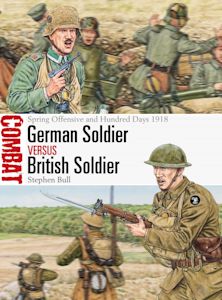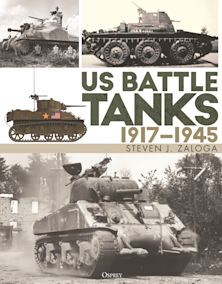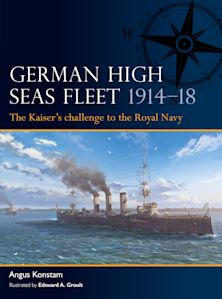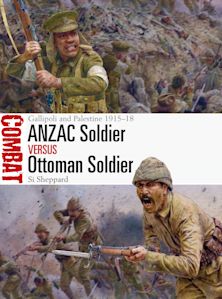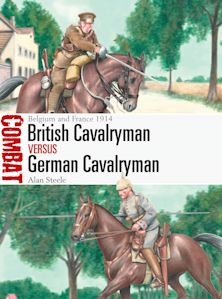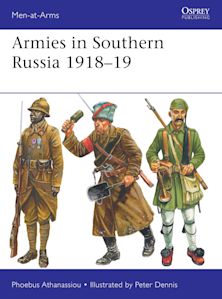Mark IV vs A7V
Villers-Bretonneux 1918
Mark IV vs A7V
Villers-Bretonneux 1918
Description
In April 1918 history's first tank-vs-tank battle pitted the British Mark IV against the German A7V on the Western Front. Featuring full-colour artwork, this is the story of this momentous encounter, which foreshadowed the massed armoured warfare of World War II and beyond.
The German A7V and the British Mark IV were similar in weight, size, and speed, but differed significantly in armour, armament and maneuverability. The A7V had thicker armour, and had nearly double the horsepower per ton. The Mark IV's pair of side-mounted 6pdr cannons forced the vehicle to present its side arc to an enemy in order to fire one of its main guns. Possessing twice as many machine guns as the Mark IV, the A7V had a frontally mounted 57mm gun that proved capable of defeating the Mark IV's armour. The Mark IV's rhomboid design proved superior in crossing trenches, climbing obstacles and moving over rough terrain.
This book explores the first tank-versus-tank engagement in history, the fighting around Villers-Bretonneux, and showcases the British Mark IV and German A7V designs. Although not purpose-built to combat enemy armour, both vehicles proved the viability of such operations, which during the postwar period led to key advances in suspension, armour, gunsights, ammunition, and command and control.
While the British continued to develop their armoured forces, German armour development never materialized, and only in the postwar period did they address the issue.
Table of Contents
Chronology
Design and Development
Technical Specifications
The Combatants
The Strategic Situation
Combat
Statistics and Analysis
Further Reading
Index
Product details
| Published | 20 Jan 2013 |
|---|---|
| Format | Ebook (PDF) |
| Edition | 1st |
| Extent | 80 |
| ISBN | 9781780960074 |
| Imprint | Osprey Publishing |
| Illustrations | 40 b/w; 19 col |
| Series | Duel |
| Short code | DUE 49 |
| Publisher | Bloomsbury Publishing |

Resources
Discover More
Visit our exclusive member's website to see artwork, maps, and more from this book.

Resources
Book Vote
Tell us what titles you would like to see published by Osprey, then vote for your favourites in our monthly book vote!










